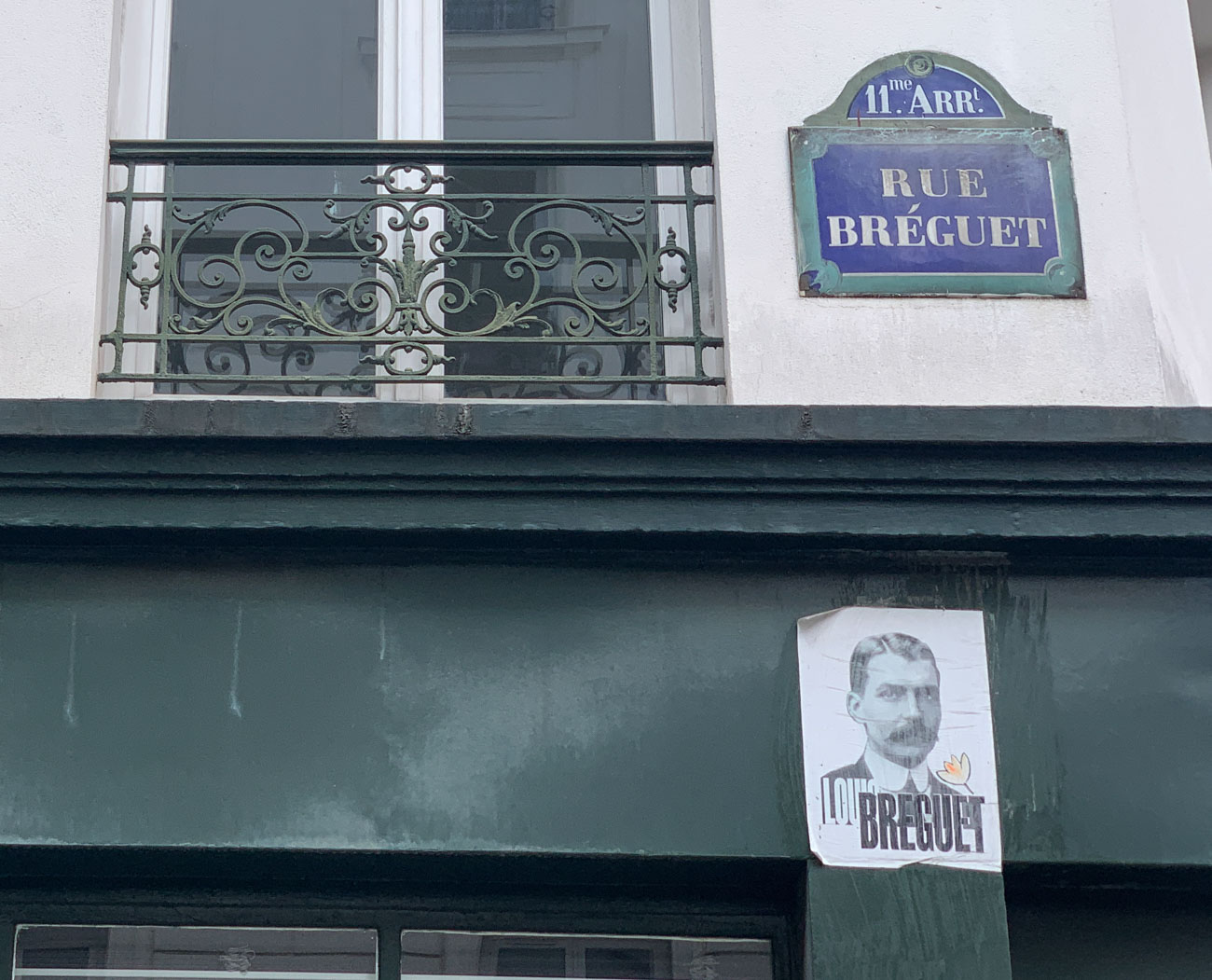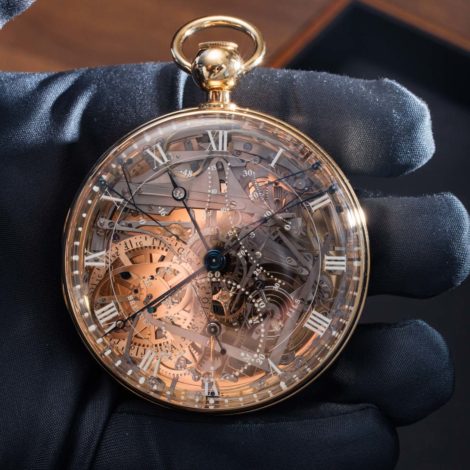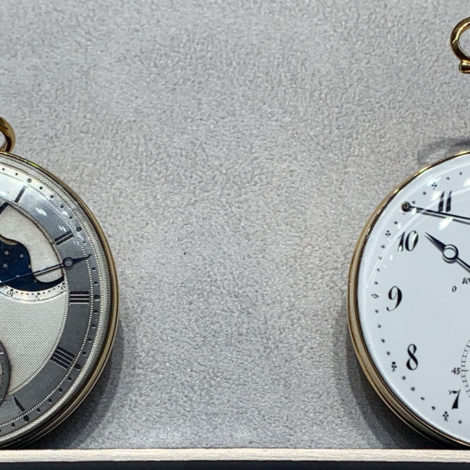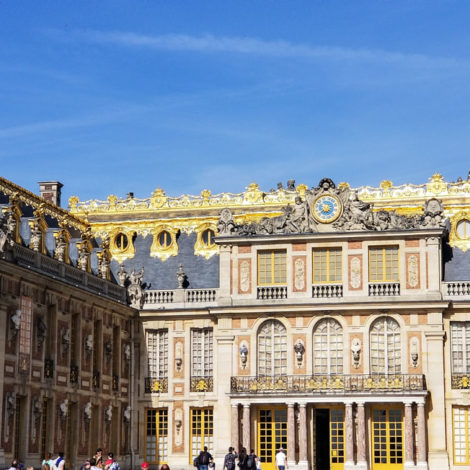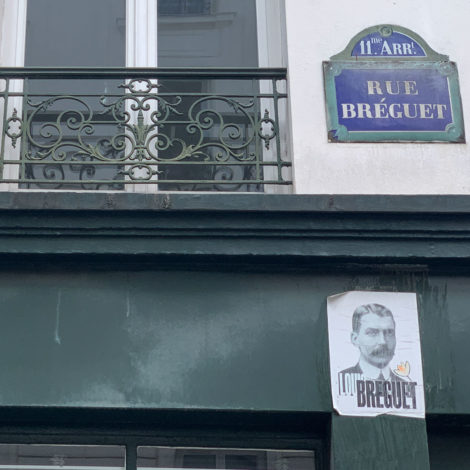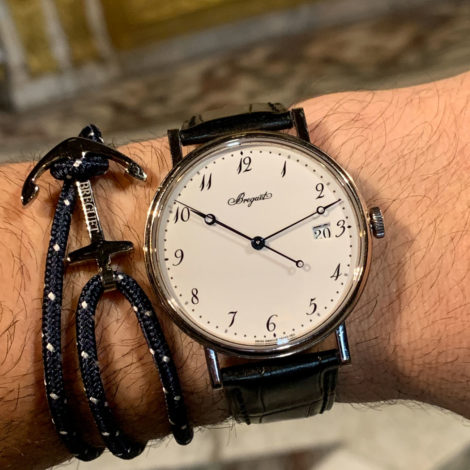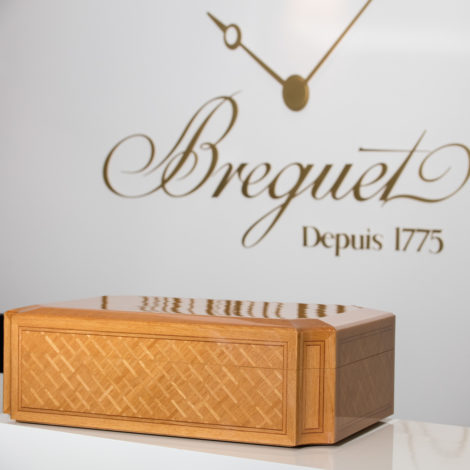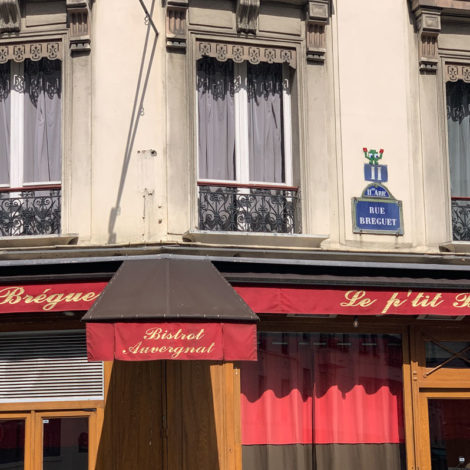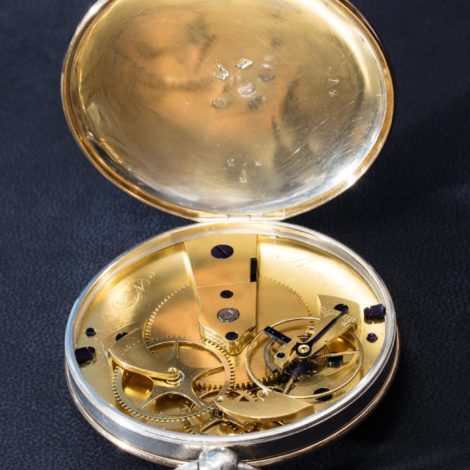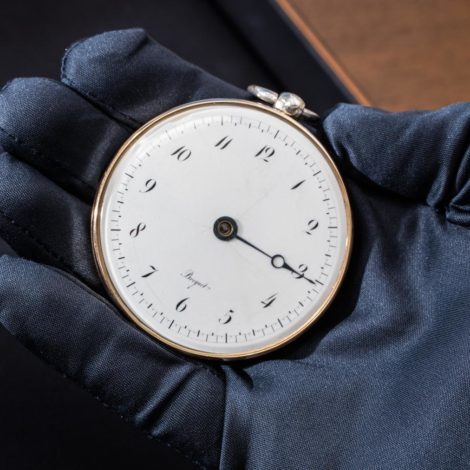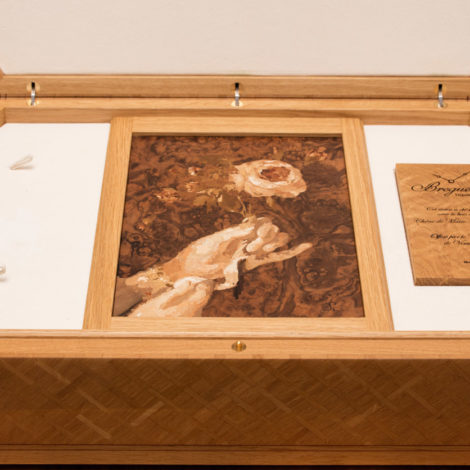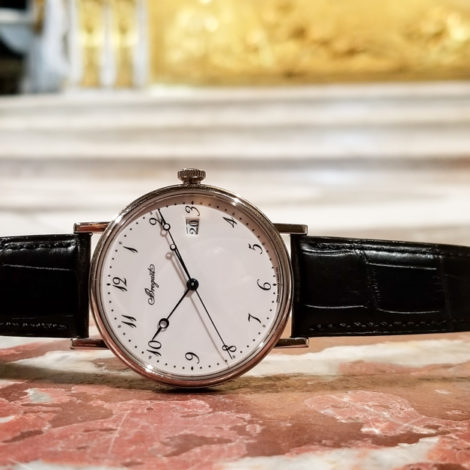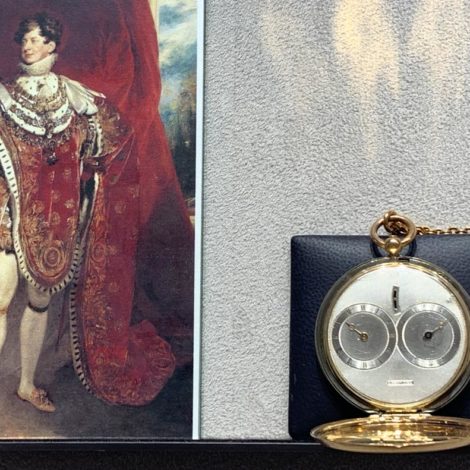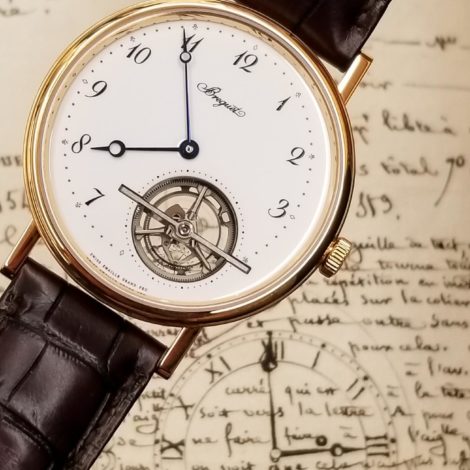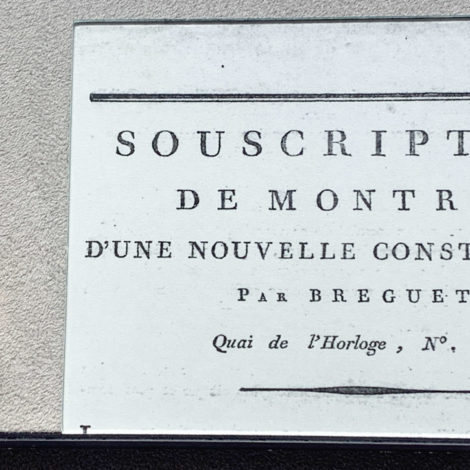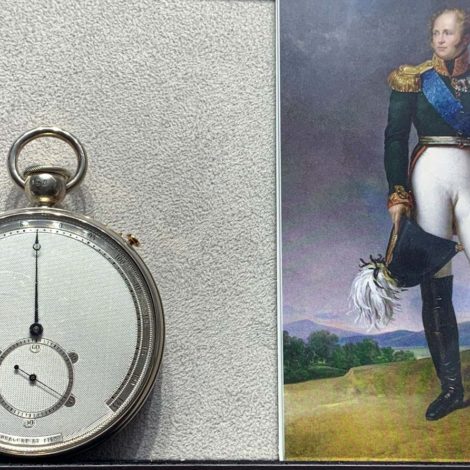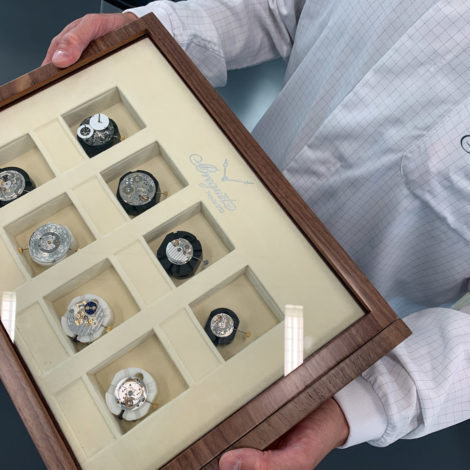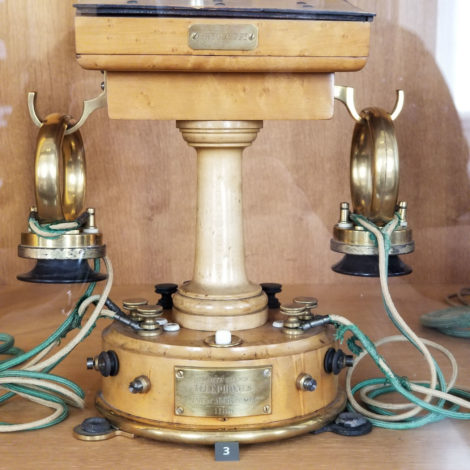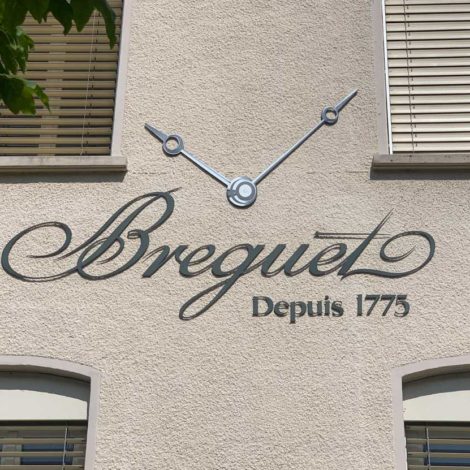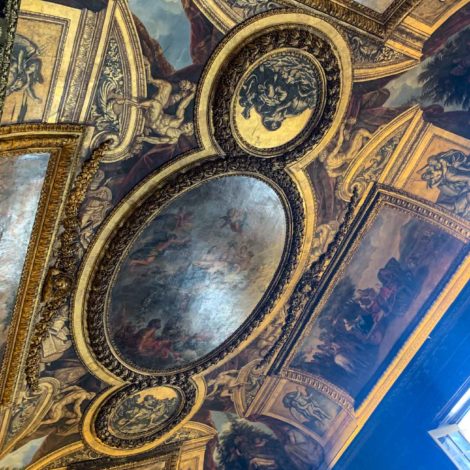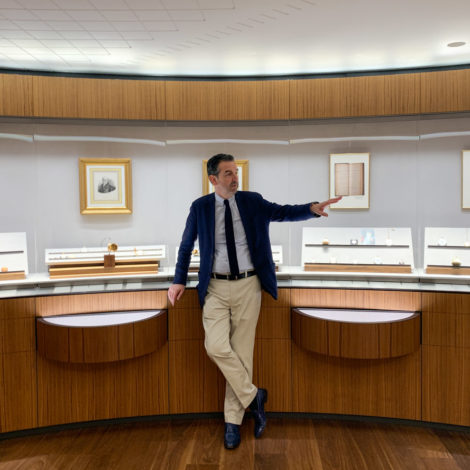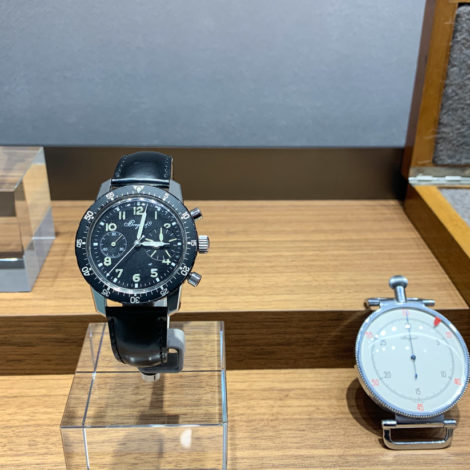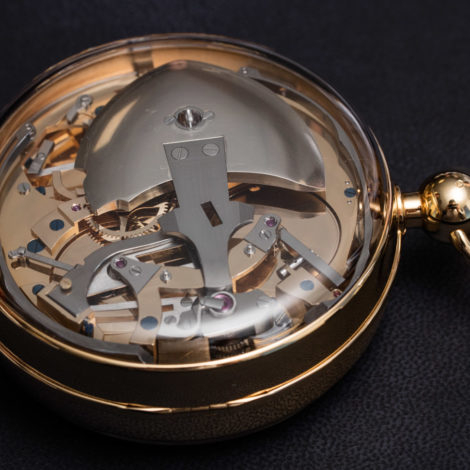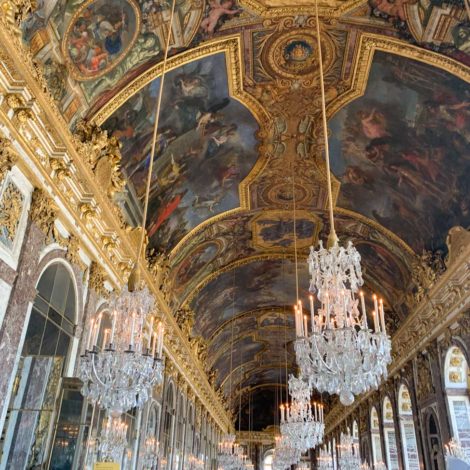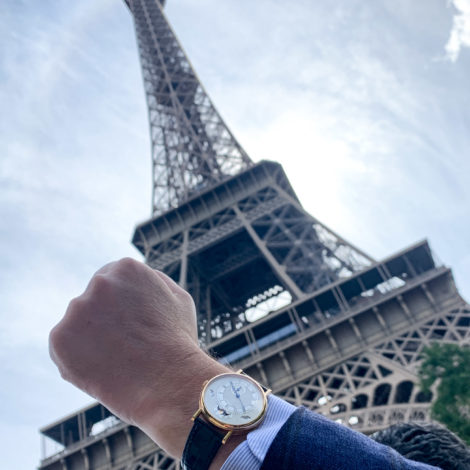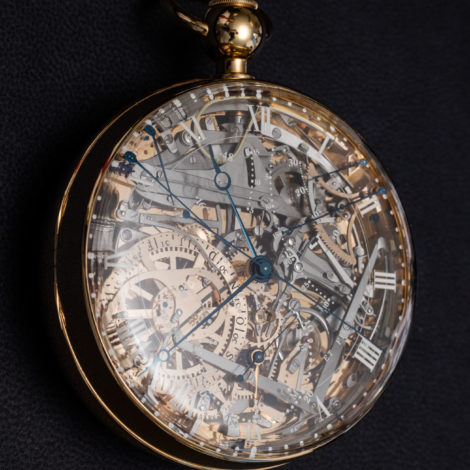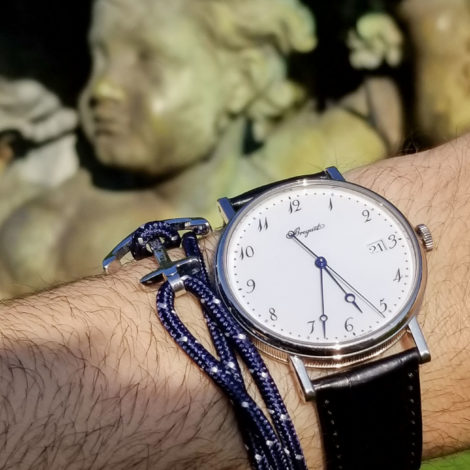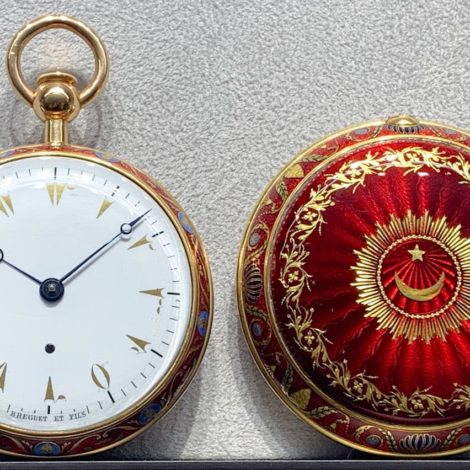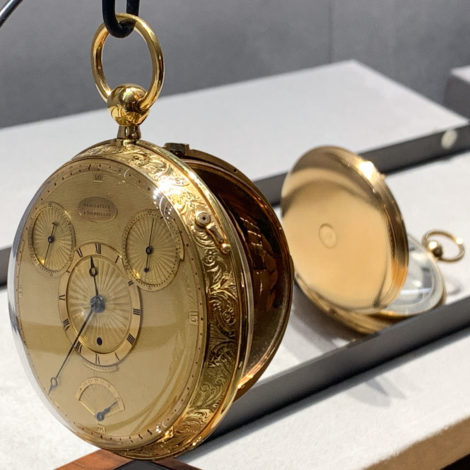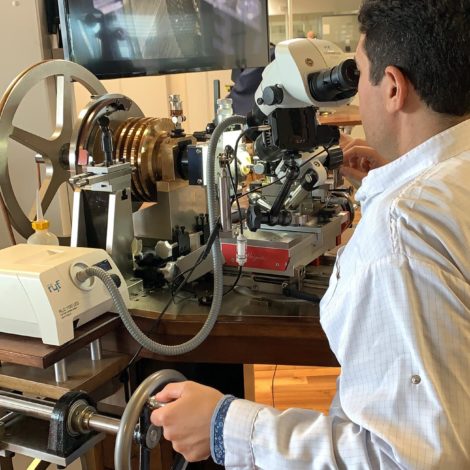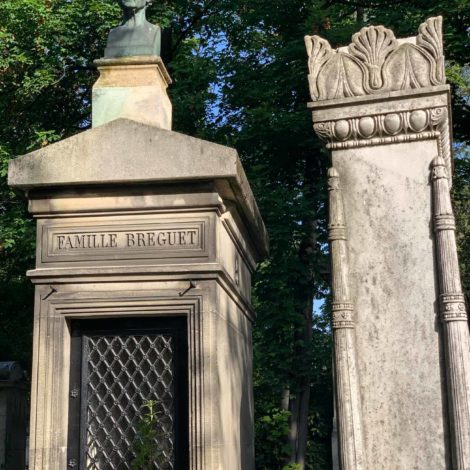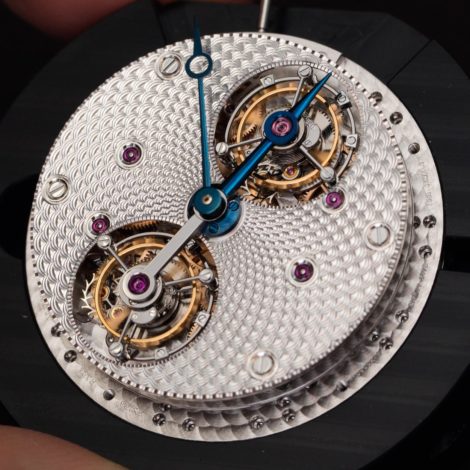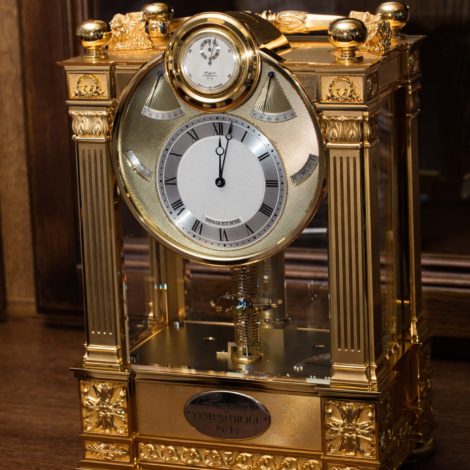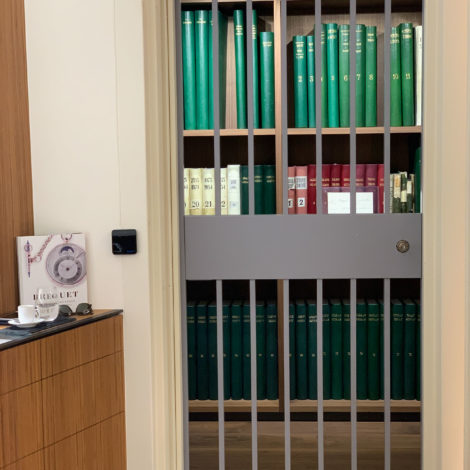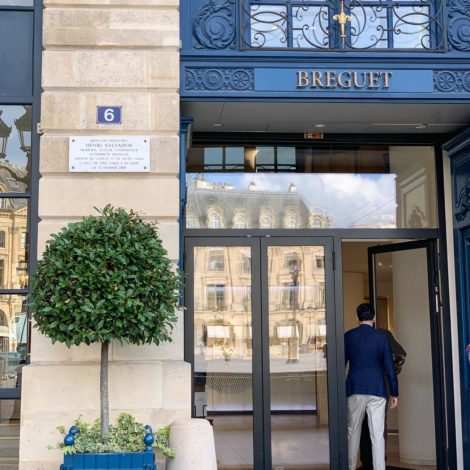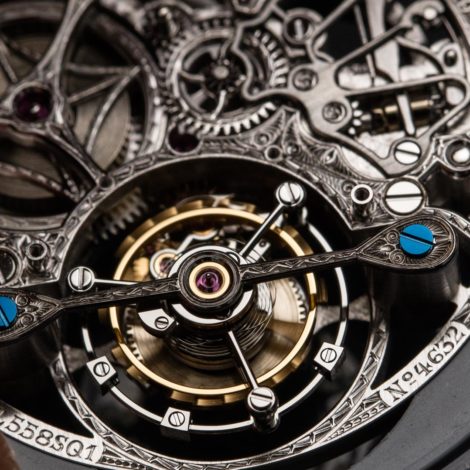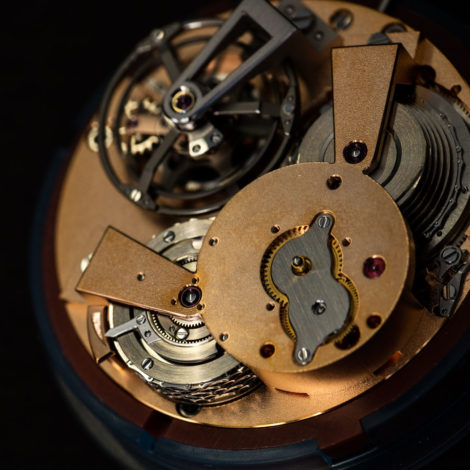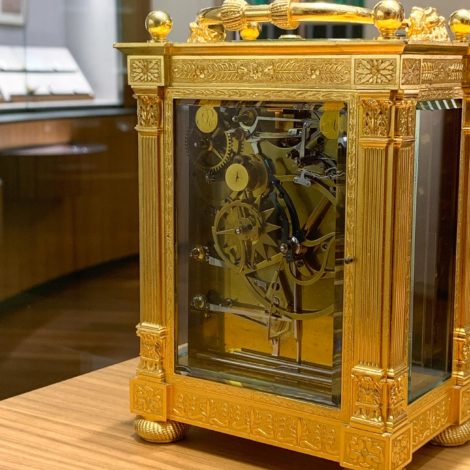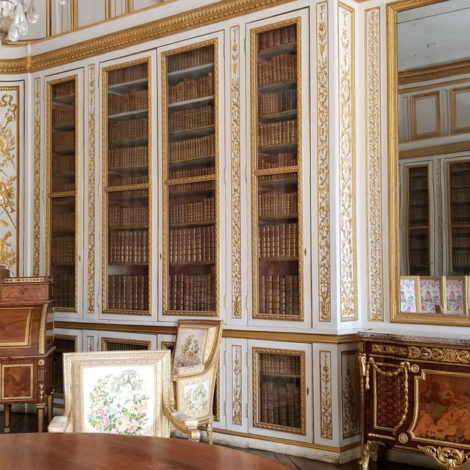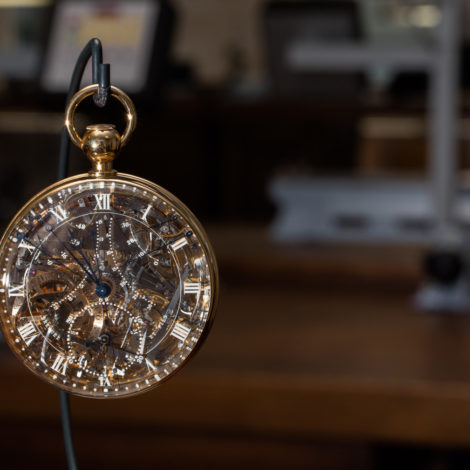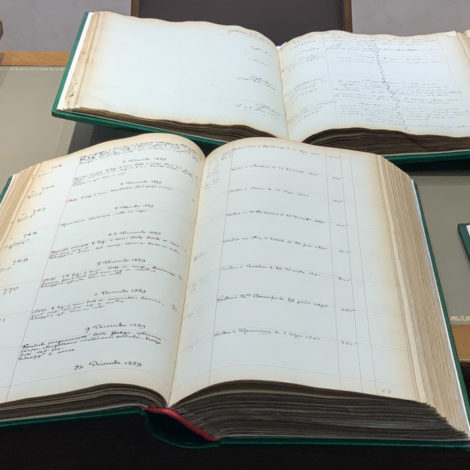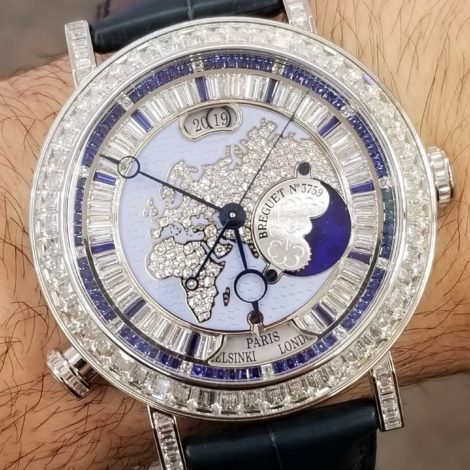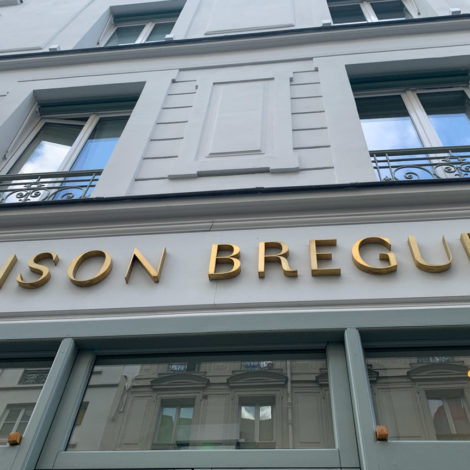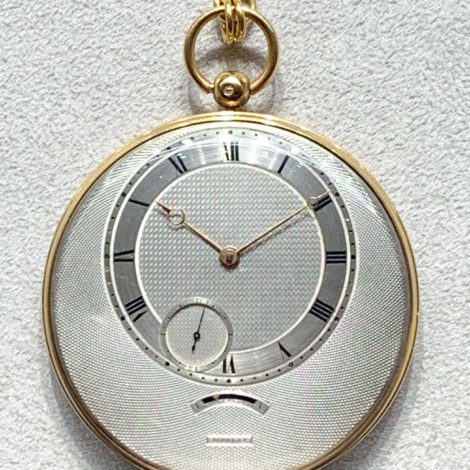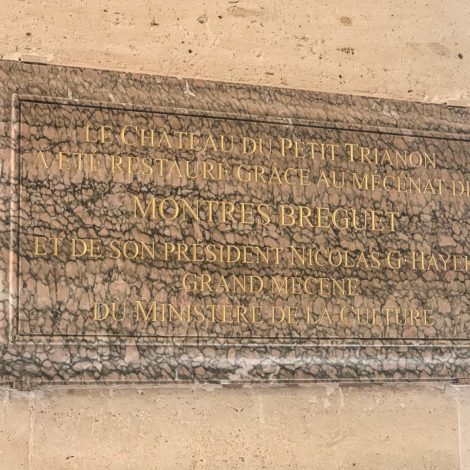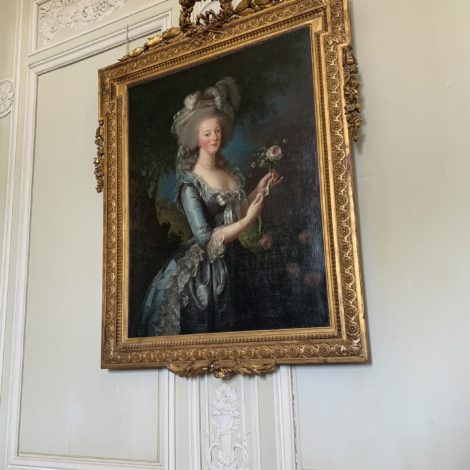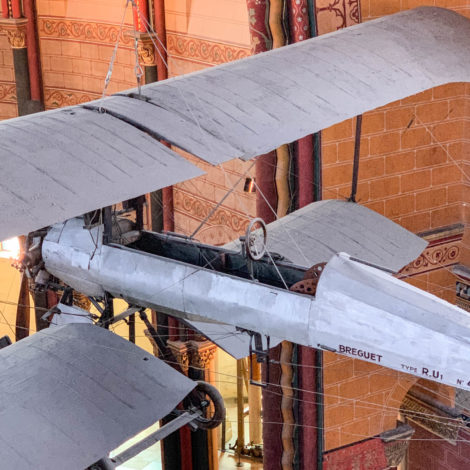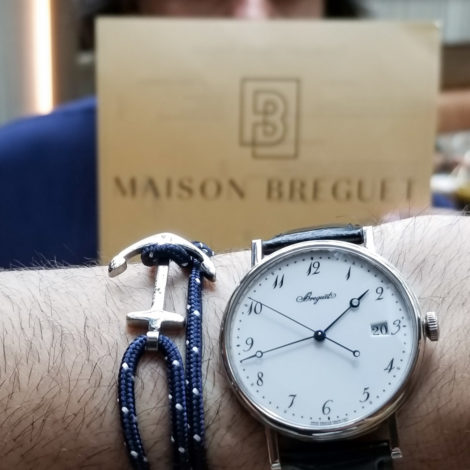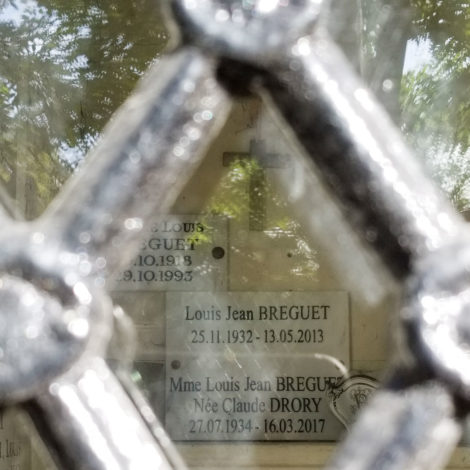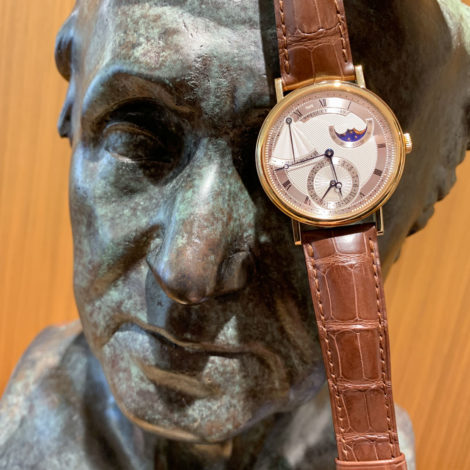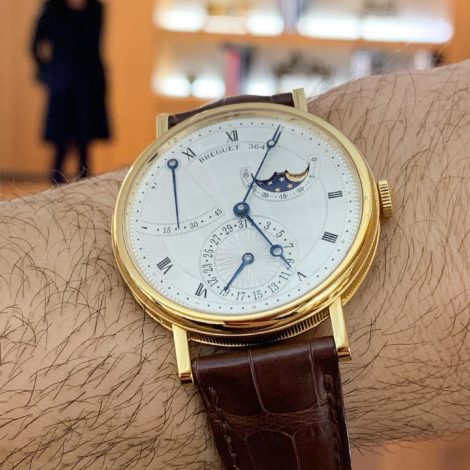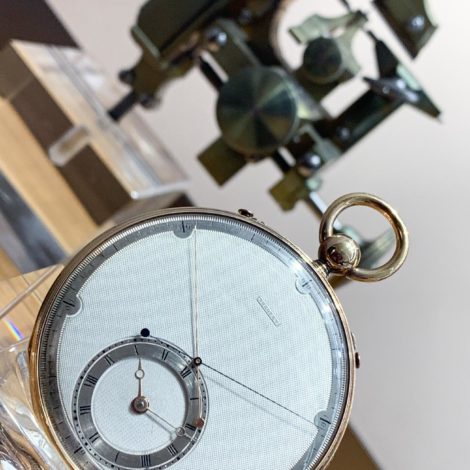
Toppled by a storm, this stump is what remains of Marie-Antoinette’s “favorite tree” located on the Chateau Versailles grounds. The rest of the wood is now owned by Montres Breguet.
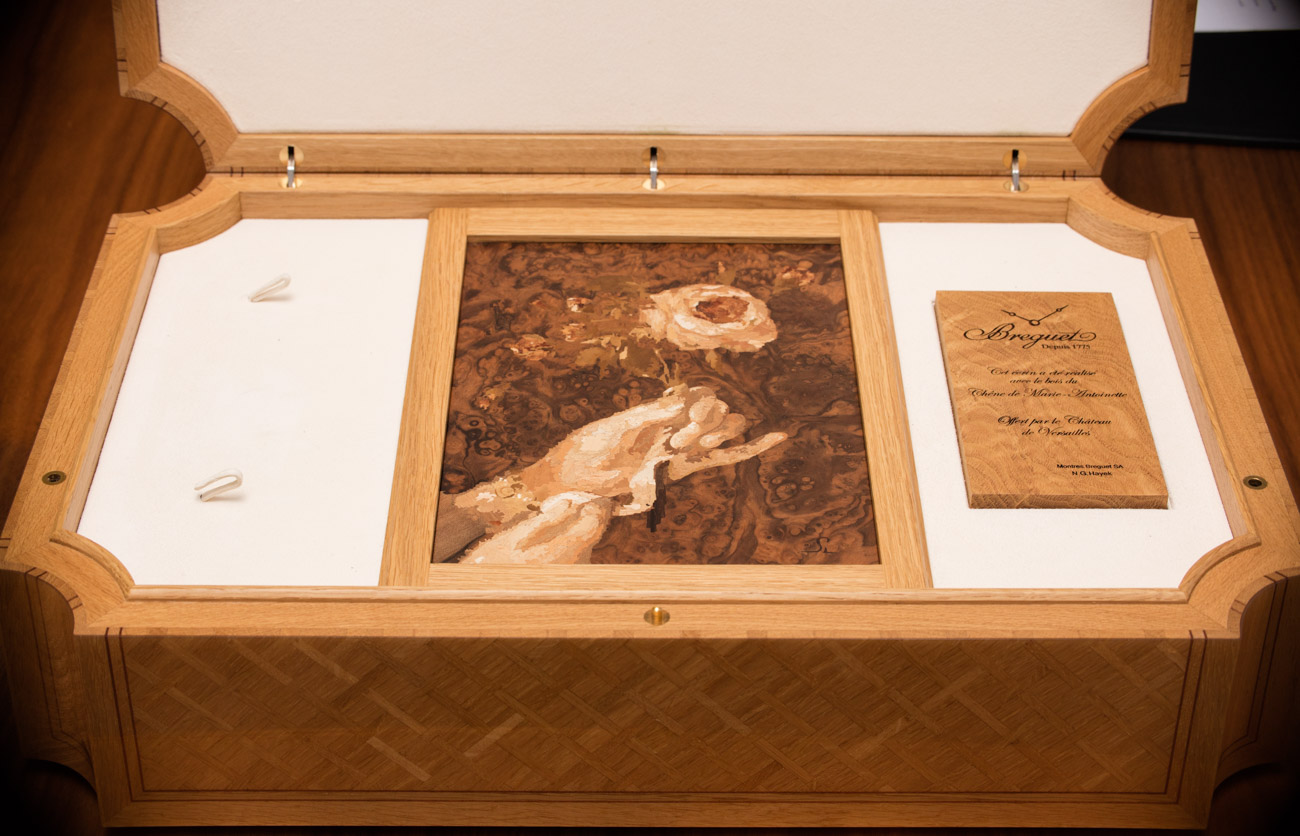
A presentation box built for the Breguet reference 1160 pocket watch made using wood from the Marie-Antoinette tree.
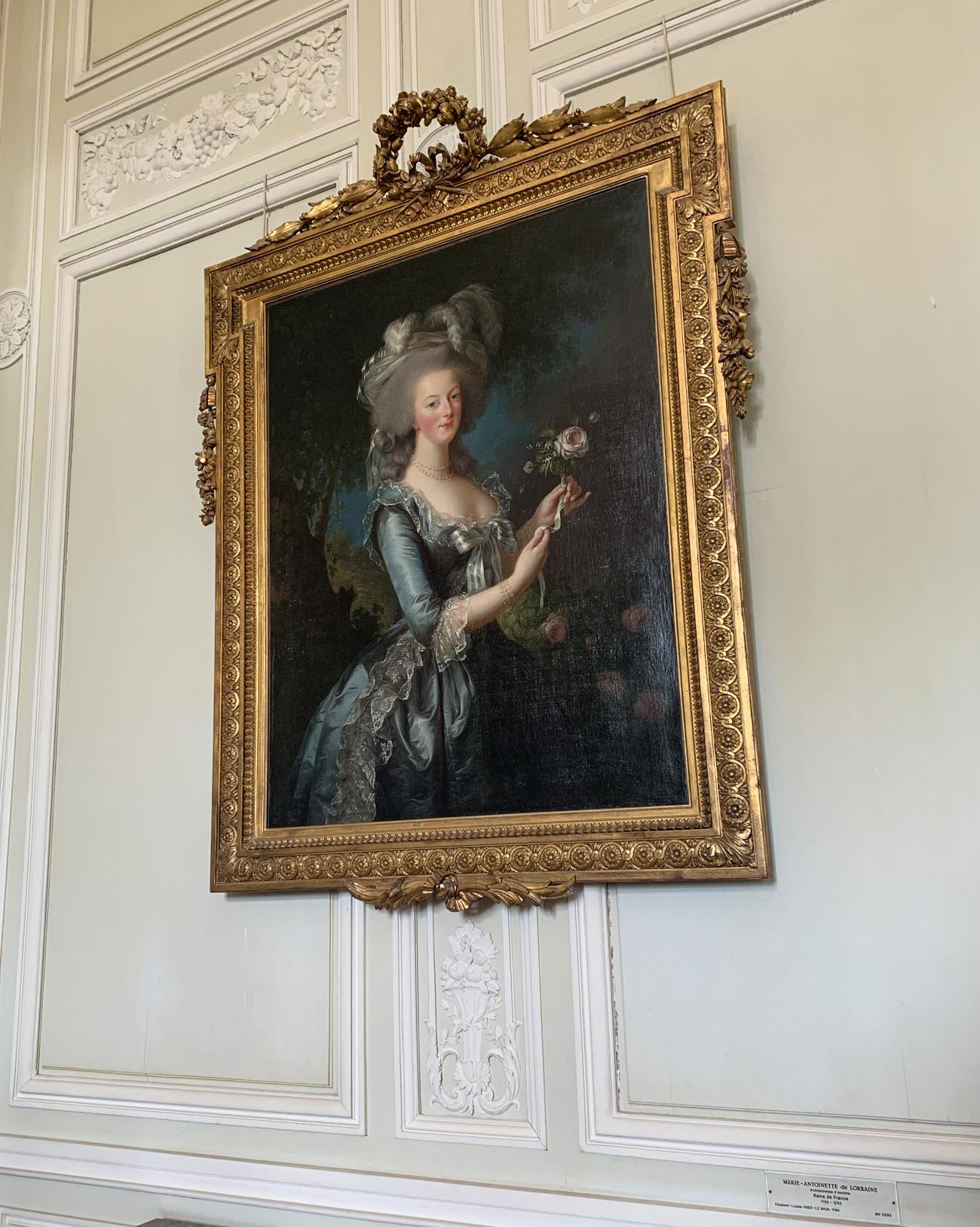
Two hundred years after Abraham-Louis Breguet’s life in Paris, the Breguet firm is located in Switzerland about two hours from where Abraham-Louis was originally born. There, one will find one of the most advanced watch manufactures in the world dedicated to using state of the art techniques to ensure the utmost quality for hand-craftsmanship. Timepiece enthusiasts will, no doubt, appreciate Breguet’s dual commitment to producing the best possible timepiece today while also respecting the core aesthetic and mechanical codes originally developed by the watchmaker savant whose family name continues to delight wearers. And yes, Abraham-Louis Breguet would very likely approve of how the Swatch Group is handing his family name today and the products bearing his name.

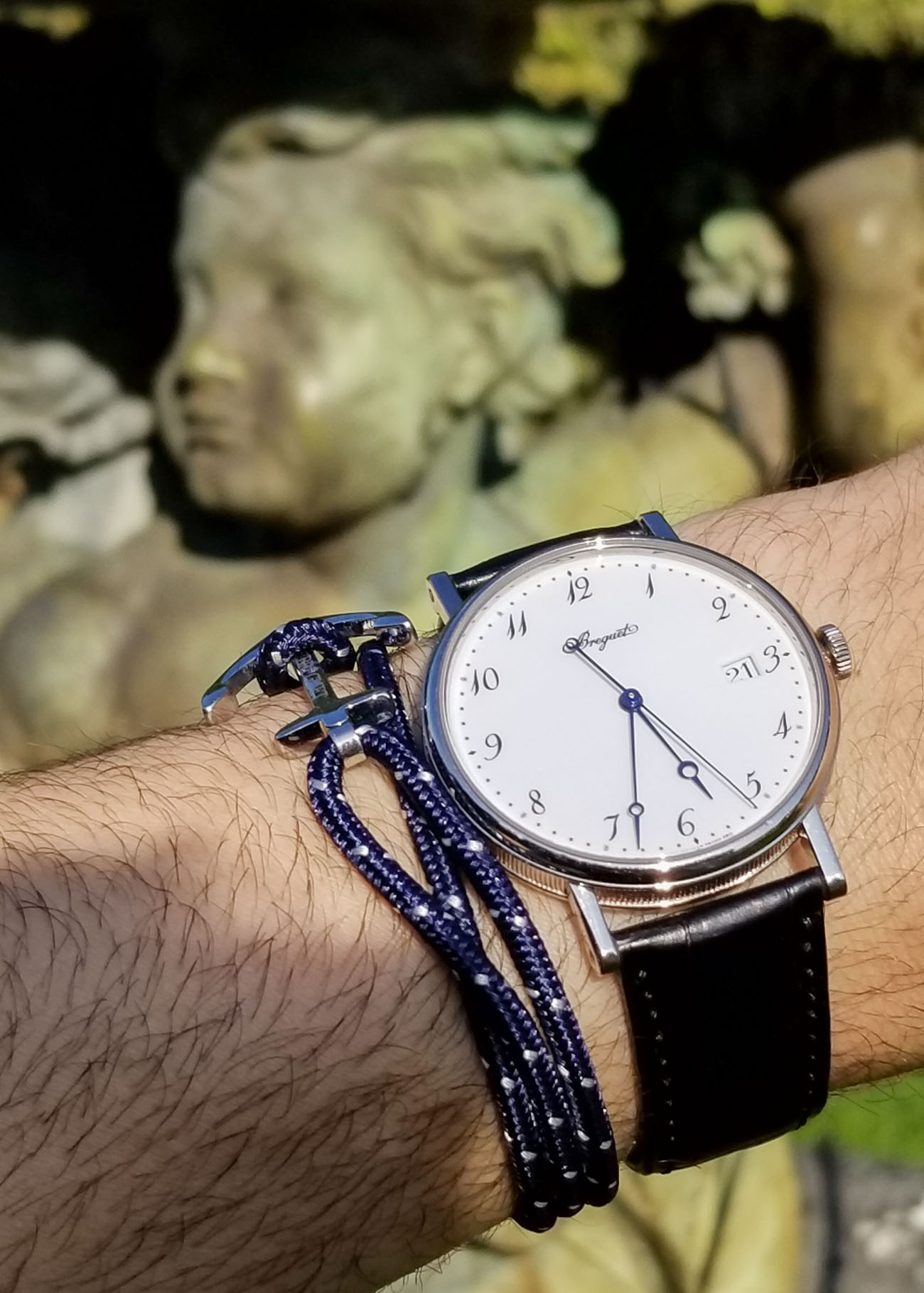
The reason for my opinion above is because Breguet not only focuses on rendering traditional production techniques such as guilloche hand-operated machine engraving and movement polishing but also in researching and developing new ways of producing watch movements. Breguet’s legacy is most closely followed not only in the Breguet of today emulating the core aesthetic of the traditional brand but also in its ability to truly innovate in horology by developing new mechanical movement systems and uses for modern materials. A great example is silicon. Some traditionalists have decried the non-metallic material as heretical and against the principles of classic watchmaking. At Breguet, however, silicon has been widely applied in most of the firm’s mechanical movements in the regulation system. When explaining the reason for this, Breguet’s team calmly mentions that if silicon as a watchmaking material were available in Abraham-Louis’ time, he would have adopted it for its anti-magnetic and temperature-resistant properties immediately. It is this mentality which helps the Breguet of today operate as a dynamic, changing company, no matter how deeply rooted it is in history.
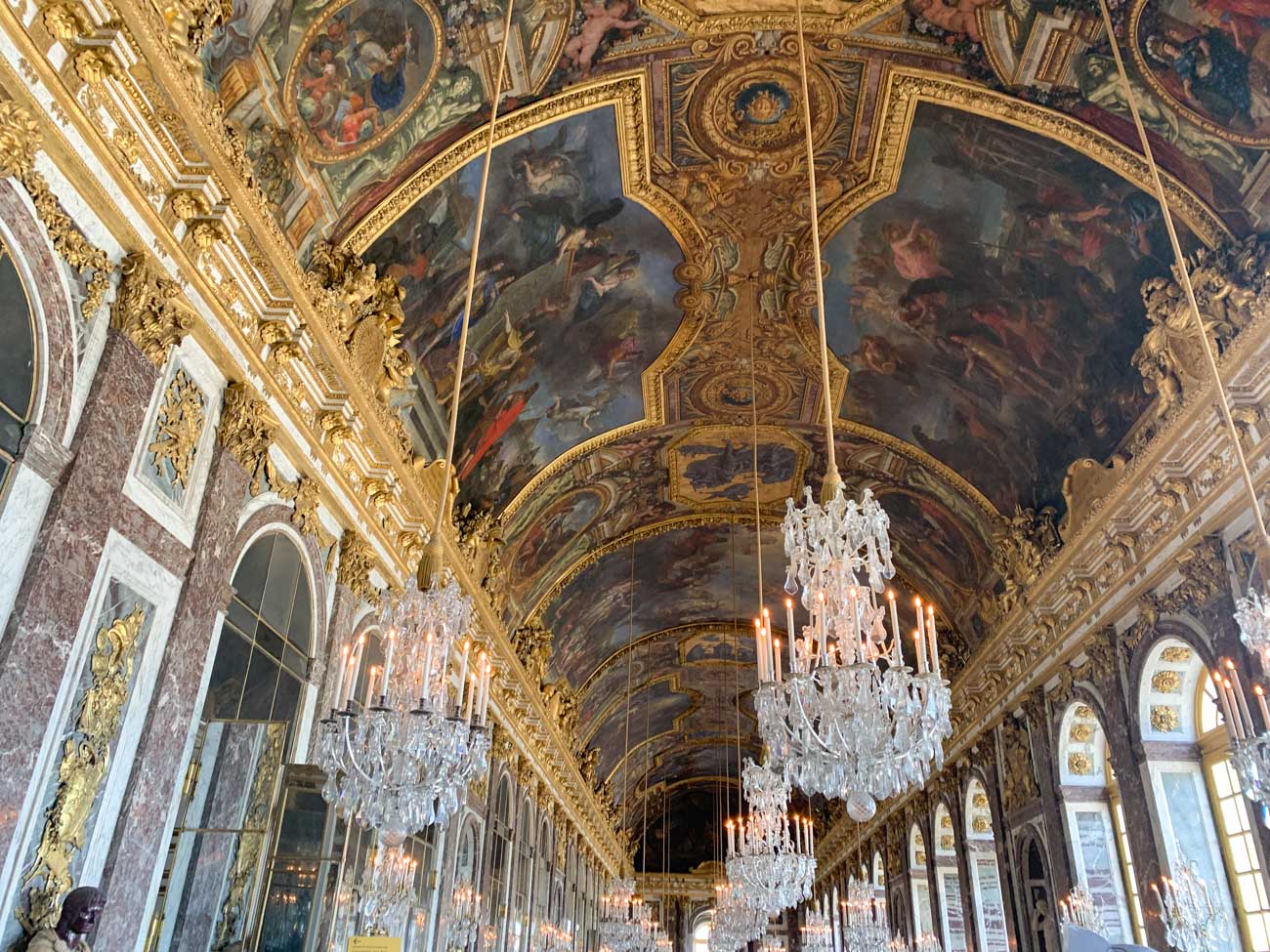
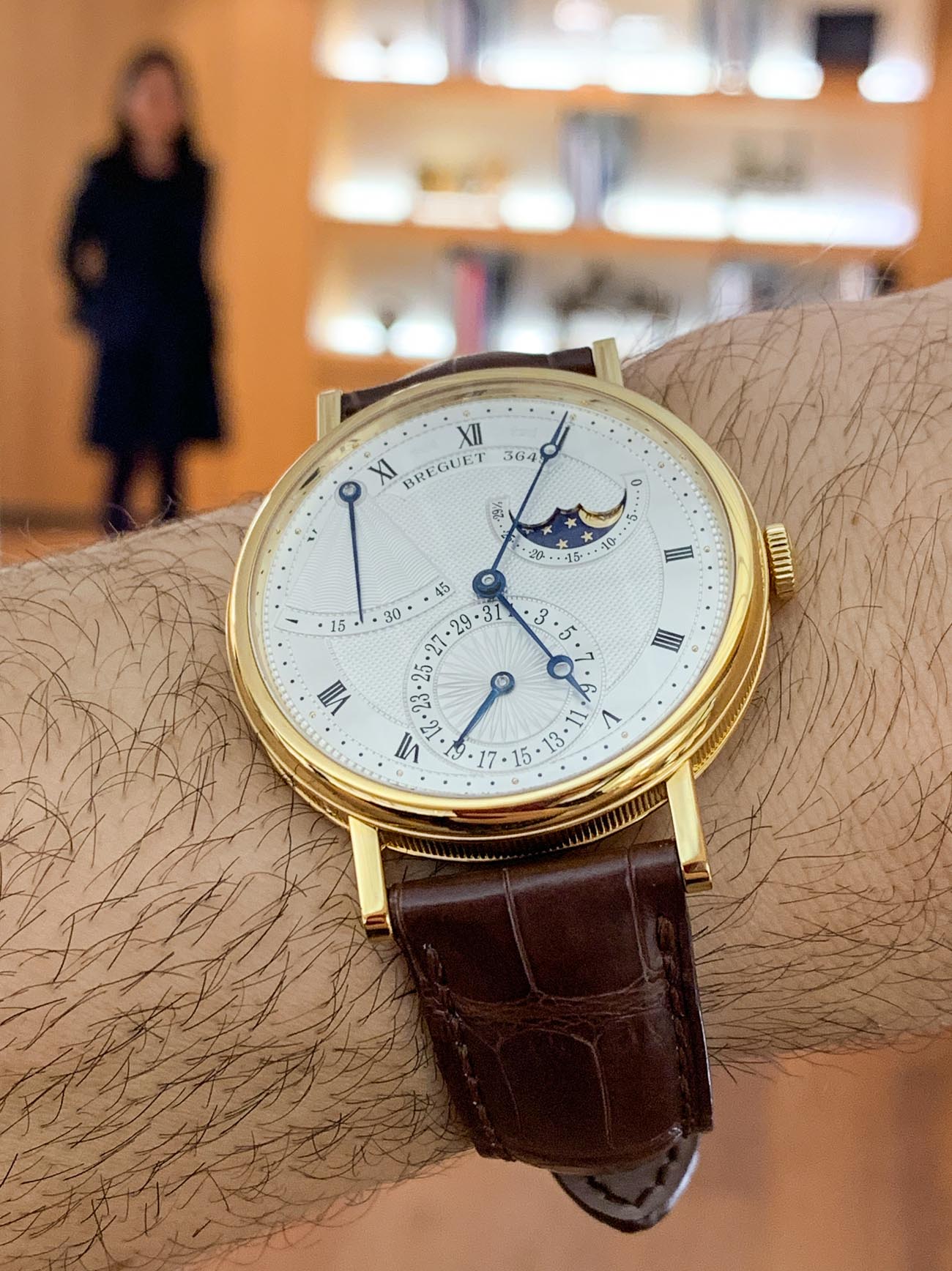
Speaking of history, my story about Breguet in Paris cannot be complete without discussing Marie-Antoinette and French royalty one more time. Breguet himself was a watchmaker to Louis XVI and was there during the French Revolution. Breguet was part of the privileged class, not by birth, but by profession and reputation. He straddled the worlds of royalty and the emerging people’s government, who were busy putting France’s previous ruling class under the guillotine. Breguet himself fled to Switzerland during the French Revolution, narrowing escaping a similar fate. He was simply too close to important French names, being the watchmaker to the royal family and a number of others. Today, Breguet timepieces can be found in Paris landmarks such as the Louvre, as well as the Chateau Versailles Breguet frequented. Located on the Chateau grounds is the Chateau Trianon where Marie Antoinette lived. Next to the Queen of Naples (a Napoleon relative) the former Hapsburg queen was a regular Breguet client. She was also the subject of the world’s most complicated watch (for about 100 years) that was ordered in her honor but never completed before she died.

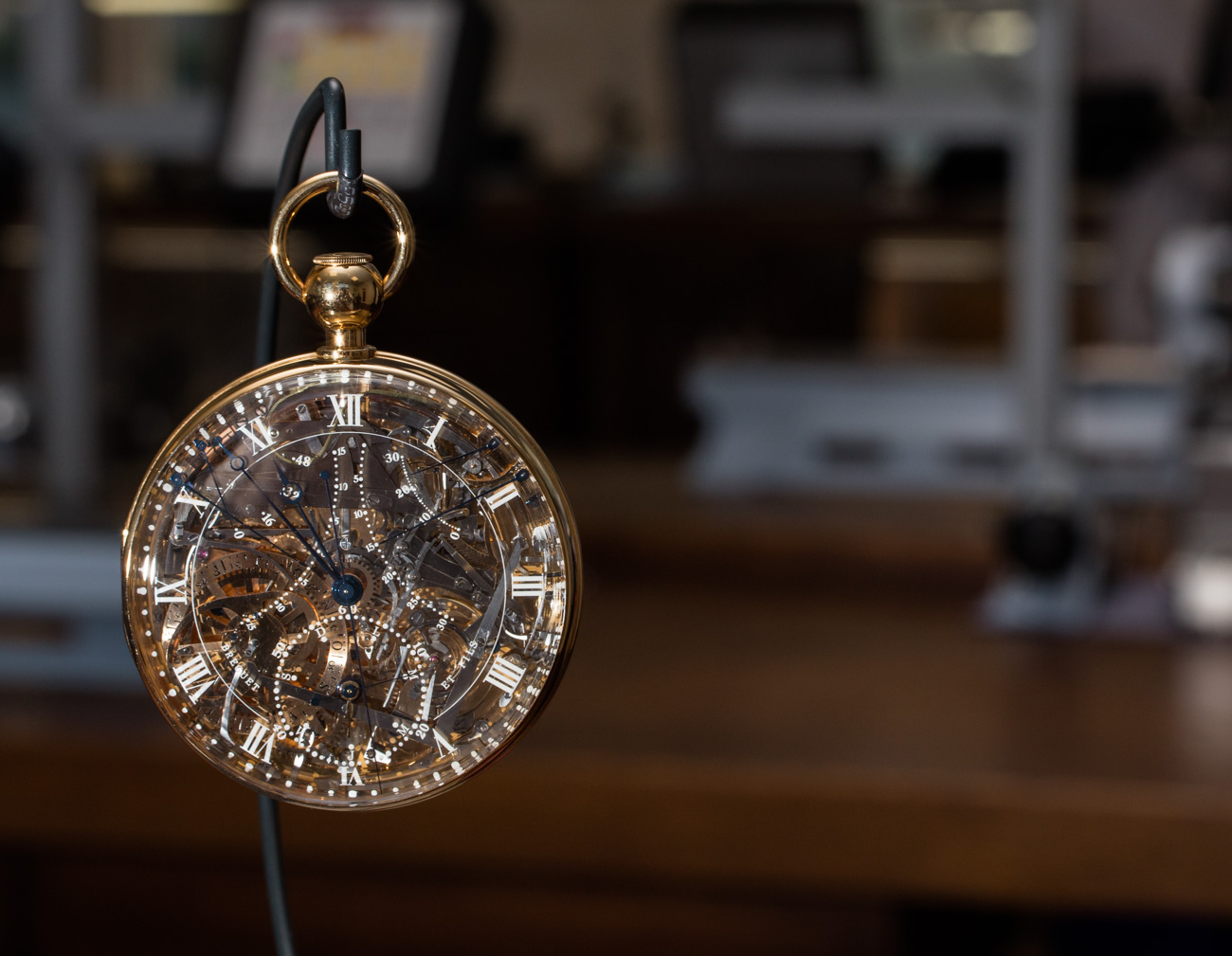
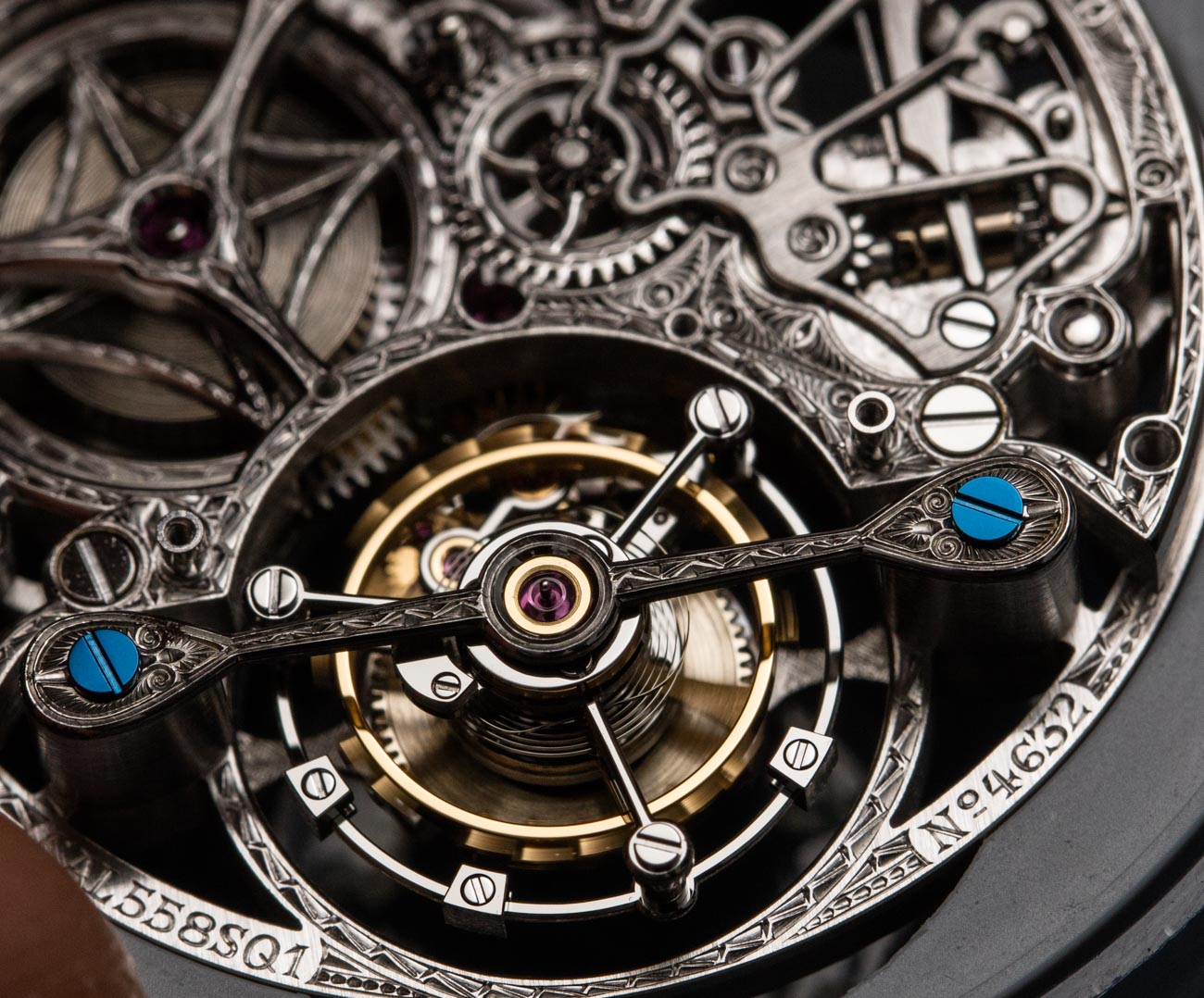
In fact, the famed Breguet reference 160 “Marie Antoinette” pocket watch was completed over 40 years after it was originally ordered (and long after both she and Abraham-Louis had died). The horological item is probably one of the most lasting legacies of the type of incredible effort put into timepieces at the time, and the importance placed upon them by the world’s then most important people.
Breguet watches today represent the best of marrying the old world with the new. Their products represent a very authentic and satisfying merger of historic design with contemporary reliability. No one probably does it better than Breguet. A good example is the company’s dedication to continuing to produce guilloche dials in a time when the machines (rose engines) to make said dials are no longer produced. After Breguet acquired as many historic antique guilloche machines as they could, they simply developed their own new machines and, today, have not only the world’s largest guilloche-engraving department but also the world’s largest department for the application of other traditional hand-applied watchmaking techniques.
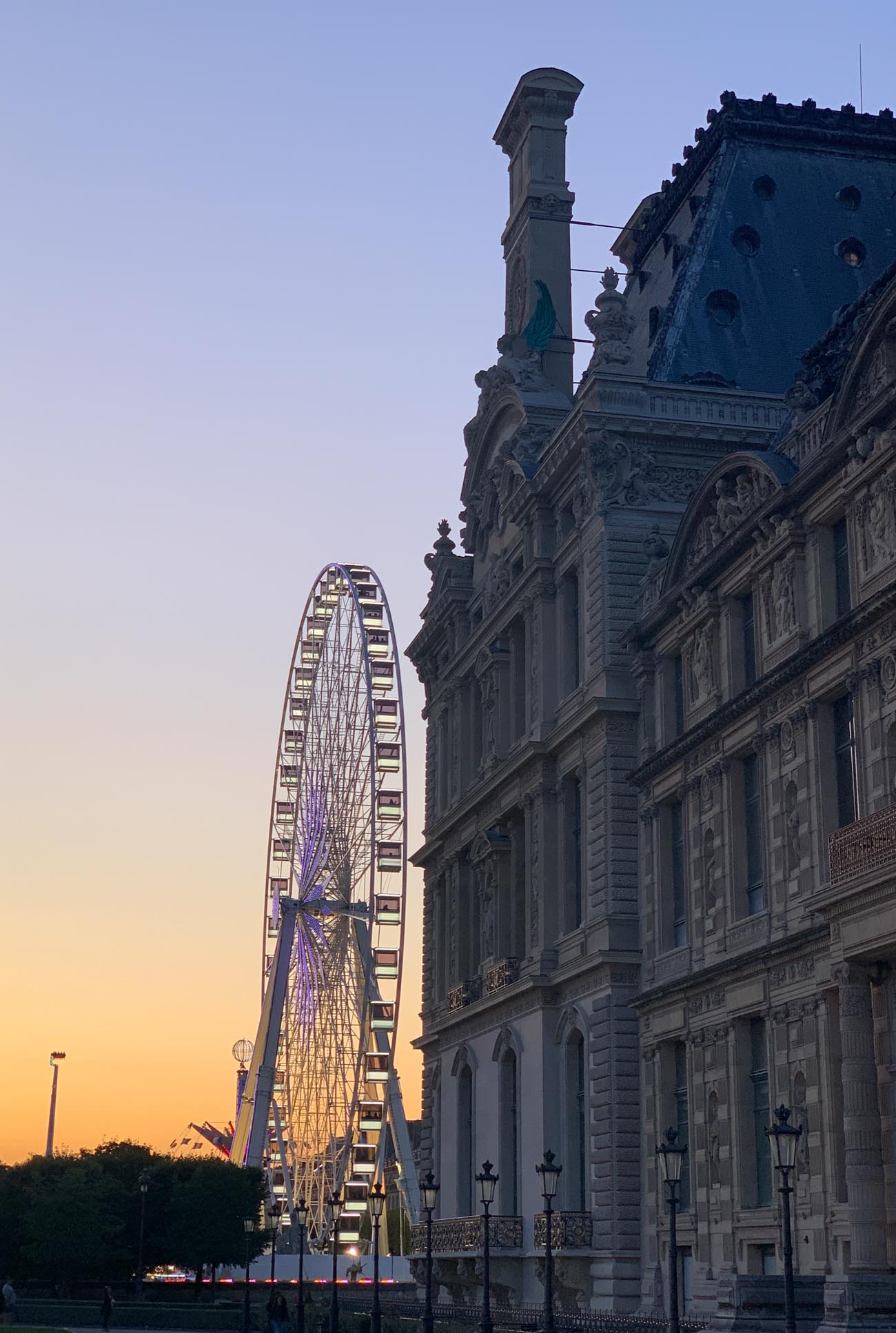
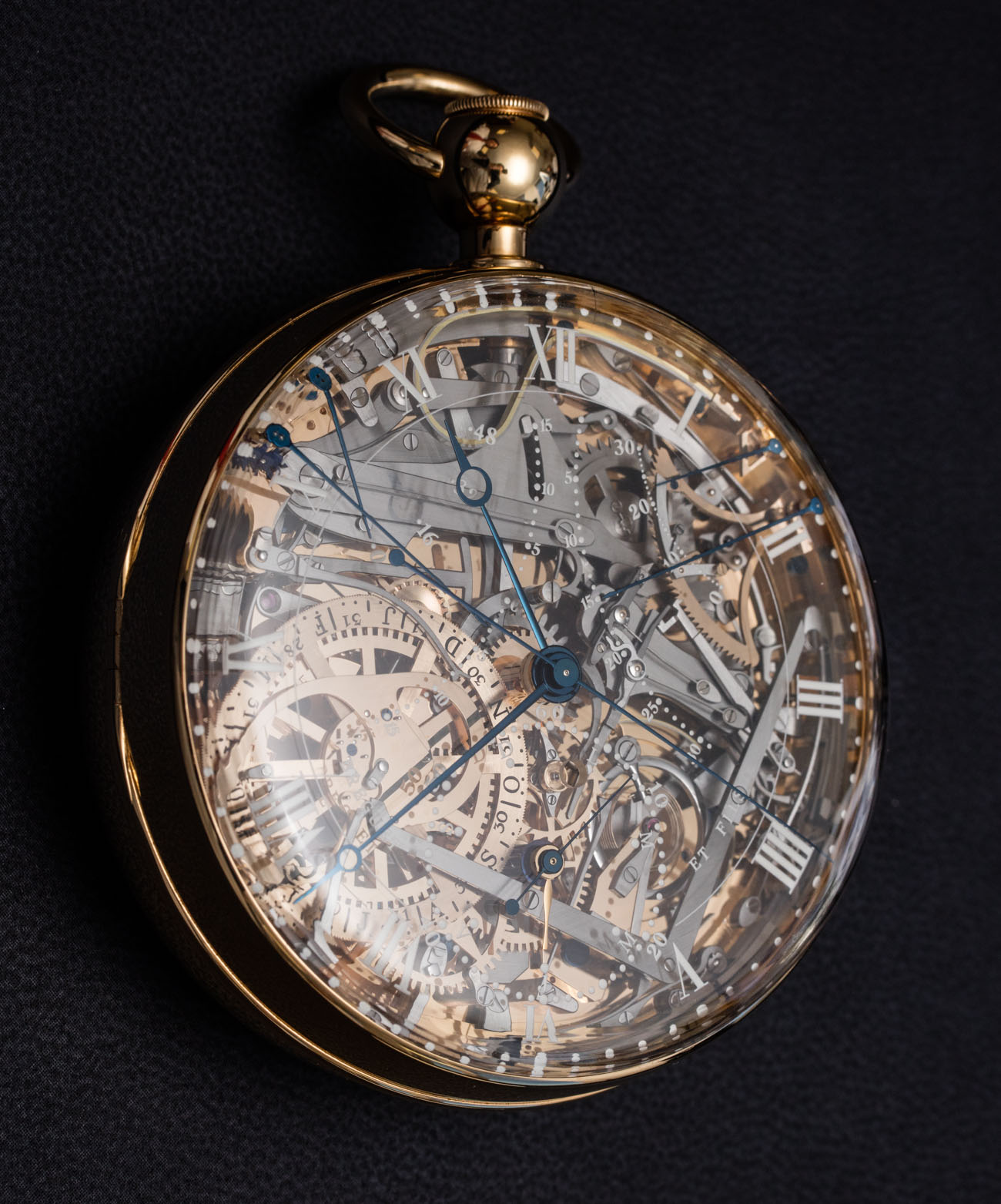
Paris is the most gratifying place to enjoy the metropolitan appeal of Breguet watches. Surely you can visit the impressive manufacture in Switzerland’s watchmaking country in the Vallee du Joux, but the city of light is how to best convince yourself Abraham-Louis Breguet’s sense of style is thoroughly still in fashion. Learn more at the Breguet website here.

